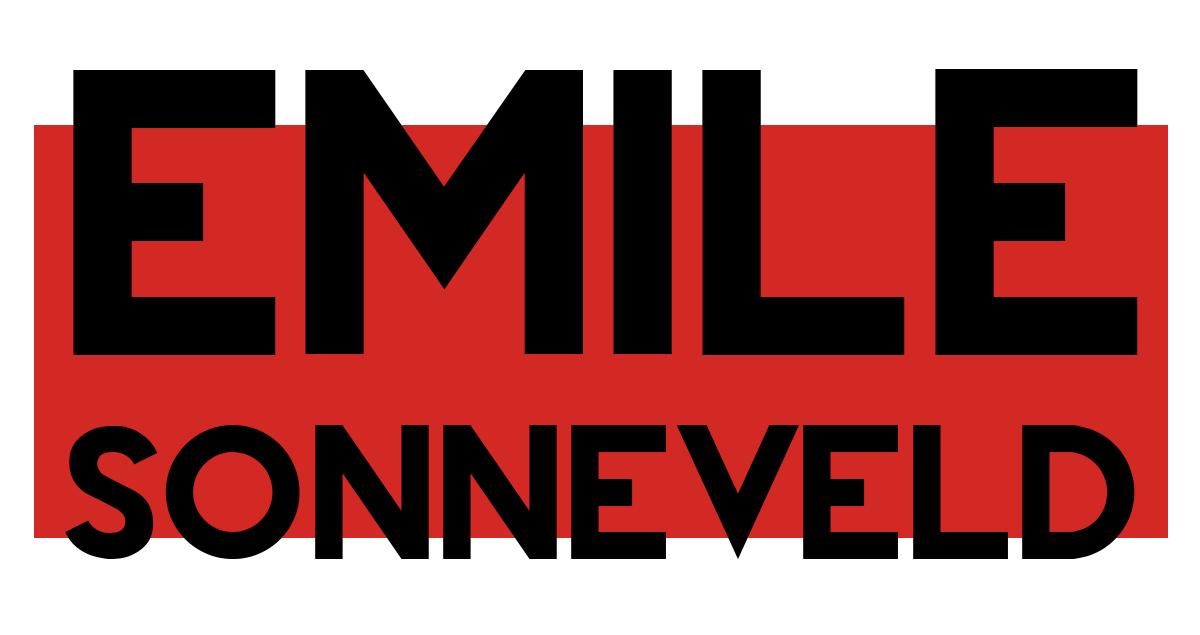When rendering paintings that are drawn in a VR application, you deal with very complex shapes.
If each brush would have a separate material, or texture, performance would be very low. So instead, we use 1 material to draw the whole scene at once. For color variations, we use vertex color.
Transparency is an other problem. When rendering multiple transparent objects on top of each other, the rendered pixels need to be sorted on depth. When we render plain opaque pixels, the graphics card can just discard pixels and do not need to sort them. So to make our material performant, we dither our transparency. A pixel will then be opaque or invisible, this is very performant.
Here is a shader you can use in Unity to render 3d paintings. Made together with Aimé Tribolet:
Shader "Unlit/UnlitTest"
{
Properties
{
_MainTex ("Texture", 2D) = "white" {}
}
SubShader
{
Tags { "RenderType"="Opaque" }
LOD 100
Pass
{
CGPROGRAM
#pragma vertex vert
#pragma fragment frag
// make fog work
#pragma multi_compile_fog
#include "UnityCG.cginc"
struct appdata
{
float4 vertex : POSITION;
float2 uv : TEXCOORD0;
float4 col:COLOR;
};
struct v2f
{
float2 uv : TEXCOORD0;
UNITY_FOG_COORDS(1)
float4 vertex : SV_POSITION;
float4 col:COLOR;
float4 screenPos : TEXCOORD1;
};
sampler2D _MainTex;
float4 _MainTex_ST;
v2f vert (appdata v)
{
v2f o;
o.vertex = UnityObjectToClipPos(v.vertex);
o.uv = TRANSFORM_TEX(v.uv, _MainTex);
o.col = v.col;
o.screenPos = ComputeScreenPos(o.vertex);
UNITY_TRANSFER_FOG(o,o.vertex);
return o;
}
fixed4 frag (v2f i) : SV_Target
{
// sample the texture
fixed4 col = i.col; //tex2D(_MainTex, i.uv);
// Screen-door transparency: Discard pixel if below threshold.
float4x4 thresholdMatrix =
{ 1.0 / 17.0, 9.0 / 17.0, 3.0 / 17.0, 11.0 / 17.0,
13.0 / 17.0, 5.0 / 17.0, 15.0 / 17.0, 7.0 / 17.0,
4.0 / 17.0, 12.0 / 17.0, 2.0 / 17.0, 10.0 / 17.0,
16.0 / 17.0, 8.0 / 17.0, 14.0 / 17.0, 6.0 / 17.0
};
float4x4 _RowAccess = { 1,0,0,0, 0,1,0,0, 0,0,1,0, 0,0,0,1 };
float2 pos = i.screenPos.xy / i.screenPos.w;
pos *= _ScreenParams.xy; // pixel position
//pos.x += (fmod(pos.x, 6)<1)*1;
//pos.x *= 1.1;
clip(i.col.a - thresholdMatrix[fmod(pos.x, 4)] * _RowAccess[fmod(pos.y, 4)]);
// apply fog
UNITY_APPLY_FOG(i.fogCoord, col);
return col;
}
ENDCG
}
}
}


Leave a Reply